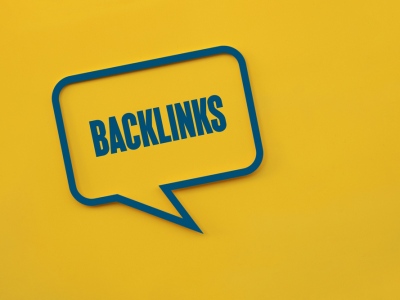
Conquesting: Alexander the Great did it. Genghis Khan did it. Now you can do it, too.
Conquesting is a high-risk, high-reward marketing strategy where you place advertisements next to content about your competitors’. Conquesting is most often thought of as a magazine advertising tactic, but it works even better with online Pay-Per-Click advertising.
Basic Conquesting
The best way to start a conquest is to scout the territory. Do everything you can (well, everything legal, anyways) to find out what your competitors’ target keywords are.
The most primitive way to do this is to look at your competitor’s site map. Site maps these days are almost exclusively written for search engines. Because of this, the text of every link on the page will be bristling with your competitor’s most valued keywords.
Checking site maps works pretty decently. However, there are new tools that are even better. The online service WordStream lets you monitor the bids on PPC keywords. The toolset of SEOMoz lets you look at how your competitor ranks for common keywords.
Once you know the lay of the land, you can start your conquesting. Invest heavily in pay per click for the keywords on which your competitor ranks highest.
Advanced Conquesting
Conquesting will get under your competitors’ skin. Most likely, they will try to retaliate by shoring up their keywords and attempting to conquest your keywords. You can pre-empt them by launching a mid-price ad campaign on your own keywords at the same time that you start conquesting. The relevance to your own ads will already be established, and you will easily outcompete their keywords.
Advantages
A conquesting campaign has the benefit of piggybacking on your competitors’ market research. It also redistributes customers directly from your biggest competitor to you. This can give you a lasting advantage by giving you the monetary edge over them.
However, conquesting campaigns also have their downsides.
Disadvantages
Conquesting campaigns drive up your bounce rate. Customers who are loyal to your competitors will click through to the landing page, and then bounce out as soon as they realize the deception. If your bounce rate is already dangerously high, when you run a conquesting campaign you are risking the wrath of Google.
Conquesting campaigns also will end up costing you a lot more per customer than normal pay-per-click campaigns. Because you’re battling your competitor where they’re spending money, you will need to bid higher to secure the top spots.
Short Campaigns
Conquesting ad campaigns work best if you take your competitor by surprise. You will steal away some customers early on, but once your competitor starts fighting back, you will need to keep upping your bid. The profit margin of conquesting, fairly low to start with, decreases over time.
With conquesting, the best option is to hit and run. Get in, steal as many customers as you can, and back off before your competitor starts fighting back.
Is Conquesting For You?
Conquesting is expensive, aggressive, and risky. However, if you need to give yourself a boost while taking your largest competitor down a notch, it can be worth it.
Ryan Stephenson is the Paid Search Manager at TechWyse Internet Marketing. Prior to joining TechWyse he spearheaded paid search initiatives for Staples Canada. You can find more of writing pay per click musings at http://techwyse.com/blog










Comments